The shots by the photographer Ulderico Tramacere (1975) recount events, landscapes and atmospheres of today’s Italy, summarizing its essence in powerful symbolic black and white images. In 2016 he was awarded in the “Proposal MIA” section for Pecora Nera at MIA Photo Fair in Milan, where he will return in March with a new project. We met him to know the latest developments of his work.
A L: You are going to show at MIA Fair in Milan (9-12 March 2018) a new work named Nylon. It is a project you started in May 2017, catching the moment of the olive trees eradication during the Trans- Adriatic pipeline (TAP) works on Salento Adriatic coast and in its close countryside. You were there also during the riots, but the result of your work is quite different from the idea of telling about the political fight. What were you going to tell with “Nylon”?
U T: I started in May 2017 but I still go there and took photographs, as I did today. This is not because I am not yet satisfied about my results, but because the research never ends, but evolves in new projects are yet to come. The choice of “Nylon” is, first of all, a specific language choice: I preferred the essence of poetry to the narration of a tale. I made a severe photo editing, that is easy when your aim is clear. I tell the TAP-story through the symbolic image of olive trees ready to be uprooted. I stared at them for a long time, for a long time I took photographs. And this is the only possible result for me, up to my real feelings. I love to name this series as “danse macabre”, as it is a dance and a deadlock at the same time. The paralysis that precedes the forced dislocation to an uncertain future, yet to write. The aim was to catch the feeling of an identity in danger. Without giving a peremptory response about the pipeline’s works, I tried to express my feelings and those of many other people (I suppose). The drama of the standstill and the wait for relocation; the eradication of secular roots and the protection of foliage and fruits given until that moment. The series aims to express the sense of this surreal landscape, irremediably changed, where you are surrounded by olive trees that are no more trees but, at the same time, represent yourself.
AL: The interpretation of Pluriball could be made on two levels, one that is more narrative, in which you catch the packaging of artworks after the earthquake in Norcia, and the other one in which fine art photos with the close-up on works and face sculptures rolled up in pluriball prevail. They have deep and universal meanings. In Cellophane, Idomeni 2016 you choose another symbolic object, that is the plastic film. Through it you photograph a reality we pretend not to see, that are the refugees at the European borders. Even here, the single picture has the strength of something that is not immediately evident. Why do you choose such ‘delicate’ stories?
U T: Probably because I suppose to be able to tell them with the respect they deserve. Probably because I look at them with the same look I would love to be addressed on my personal story. This is a natural process, and I am thinking on it just now, by replying at your question. Probably in my life I chased unpopular projects, but most of the time I behaved in conformity with myself. After these preliminary remarks, with Pluriball I tried (again) to tell about a tragedy of the middle-Italy earthquake as a devastating event for the historical identity of a land; a Christ sculpture rolled in the pluriball is clearly a new Veiled Christ, but with new meanings: are we able to fix all these cracks?
With Cellophane I told about another tragedy but, as it is in all my projects, I am far from a sensationalist approach on personal and other people’s dramas. Getting back to what I said at the beginning, this veil represents the actual impossibility to tell the truth, real and objective. The plastic puts a distance, but doesn’t hide. Aberrations are in all kind of tales. While I made of aberration my personal style, there is who pretends to tell the truth about what we are and what happens all around through clear and descriptive images. This kind of arrogance is not mine.
A L: By which kind of inclination do you carry your projects on (evocation, narration, description, fate)?
U T: I think all elements you listed are inextricably mixed in my research even if each project has its own story. Even in works in which the evocative mood is prevailing, it is possible to find a detailed kind of narration. I like to think about my work as it was close to poetry, that it was my teenage pure love.
A L: How do you create and carry your photographic projects on?
Probably the only thing that joins my projects is the long ‘gestation’ time. I am a passionate person, so I think on different projects every day. Sometimes I do not carry any of them on. Sometimes I fell in love with one and I drive it forward. Alternatively, I fall in love and I leave it there, I forget about it, and then I find it again years and years later, when it has become more beautiful than before. I do not have a precise methodology, I do things as I feel and, not less important, I follow my own results. The aesthetical form for me corresponds to the meaning, so I need the right time for evaluating a work. I am quite severe with myself, I claim more and more. As I told about “Nylon”, I do not conclude a project with an exhibition or a publication. Projects evolve into other projects, naturally. The important thing is to be always ready to see and move.
A L: How do you print?
For sure I print less that I would, because I love to print well, reaching optimal results. I have had the pleasure to work with eminent printers, and to see how an image reaches the form you had previously only in your mind is always exciting. I do not a have just one reference fine art printer, but several, and it depends on the specific product I am going to reach. This is why my range goes from the traditional fine art work to more experimental kind of print.
A L: Do you have any stories to tell us that are behind your projects?
U T: Among my dearest memories there are some concerning my project “Arneo” (2015) that was a satisfying work. Paradoxically I remember two photographs that I never took for different reasons. The first: one day I was walking through a vineyard to look at some women at work, that were cutting off dry branches. Suddenly, I bumped into a big white butt, as big as the moon. It was a physiological stimulus… just in front of me. The photo was fantastic, but I wasn’t ready to took it.
The second one in the same days: there was an old farmer telling me about riots in that land with a strong fervour, and his memories were clear and full of political passion. He told me the story about another farmer that, seventy years ago, was exactly where I was, picking chicories right from that piece of land, close to a little typical stonewall that was still there. The storyteller was a child that time; the other farmer was back from the war front, walking alone from Russia to Southern Italy. He was a survivor finally back home. But he probably was in the wrong place at the wrong moment: the guards of the Count’s land shot at him, and his blood and viscera overflowed and drench the soil. How to took a photograph and tell a story?
AL: What do you wish to evoke with your photographs in people who look at them?
U T: Never to build convictions but always to move prejudices. I wish they nurtured that sense of doubt I try to express by an aesthetical form that not only responds to ‘beauty’ standards.
AL: Is Art able to save the world?
UT: And is the world able to save art? Sorry for the wordplay, but it is necessary to think on it.
AL: Do you have a gallery as a reference point?
Not at the moment, I just carried in the past some collaborations, even if I was never satisfied about the results. It doesn’t mean I do not look for one. Probably I have a romantic idea about galleries and gallerists. For me, in all fields, the meeting among people is everything: probably I do not have an easy-going personality, but I do demand people approaching to my work both respect and adequate skills. I was lucky to find in my life people having both of these essential characteristics and I really hope to find, eventually, a gallerist with which a corresponded love will be able to grow.
AL: Would you kindly anticipate us your upcoming projects?
I have in my mind a beautiful book, in which aesthetical form and its contents are magnificently in dialogue. This book claims a really big effort even for the resources to employ. As I wish to meet an accurate gallerist, I have the same desire among people in the publishing industry. I know all about business troubles, and I also understand those figures in the art world that have to take care about their resources. But I do believe that an economic crisis moment could be passed with a ‘hazard’. The risk is, going on this way, to obtain similar and flat results, where just who is able to provide money for himself or by sponsors will publish something. When the quality of an artistic product is evaluated, a real entrepreneur should go on with his skills, his passion, and a real dynamism. The business should not consist in covering expenses. I would love to believe that in this world there are still some enlightened and creative businesspersons, some new art-patrons able to go beyond the current trends, aiming to quality and challenges, able to change and create the market, not just going along with it.
Alessia Locatelli
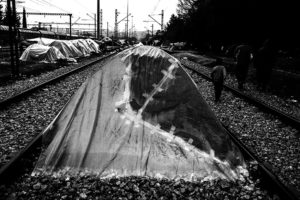 Ulderico Tramacere, Casa, Cellophane series, Idomeni, 2016
Ulderico Tramacere, Casa, Cellophane series, Idomeni, 2016
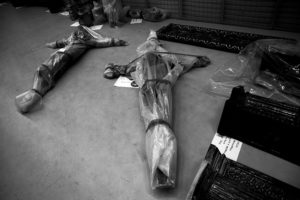 Ulderico Tramacere, Cristi, Pluriball series, Norcia, 2016
Ulderico Tramacere, Cristi, Pluriball series, Norcia, 2016
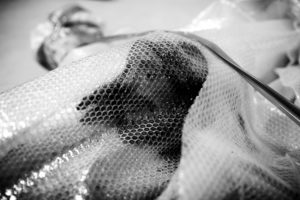 Ulderico Tramacere, Cristo Velato, Pluriball series, Norcia, 2016
Ulderico Tramacere, Cristo Velato, Pluriball series, Norcia, 2016
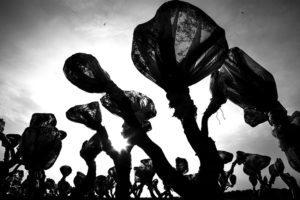 Ulderico Tramacere, Danza Macabra I, Nylon series, Melendugno, 2017
Ulderico Tramacere, Danza Macabra I, Nylon series, Melendugno, 2017
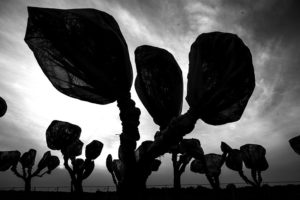 Ulderico Tramacere, Danza Macabra II, Nylon series, Melendugno, 2017
Ulderico Tramacere, Danza Macabra II, Nylon series, Melendugno, 2017
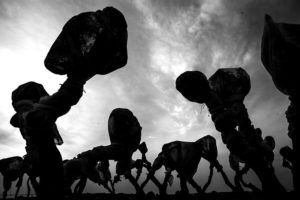 Ulderico Tramacere, Danza Macabra II, Nylon series, Melendugno, 2017
Ulderico Tramacere, Danza Macabra II, Nylon series, Melendugno, 2017
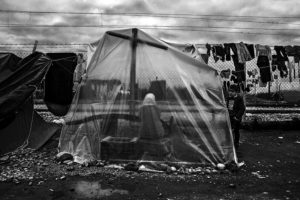 Ulderico Tramacere, Deposizione, Cellophane series, Idomeni, 2016
Ulderico Tramacere, Deposizione, Cellophane series, Idomeni, 2016
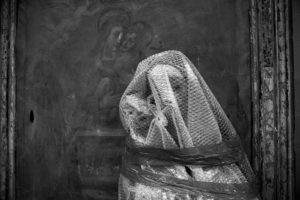 Ulderico Tramacere, Madonna con bambino, Pluriball series, Norcia 2016
Ulderico Tramacere, Madonna con bambino, Pluriball series, Norcia 2016
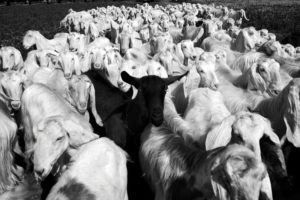 Ulderico Tramacere, Pecora Nera, Arneo, 2014
Ulderico Tramacere, Pecora Nera, Arneo, 2014
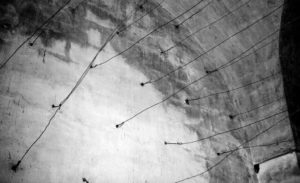 Ulderico Tramacere, Fili, Arneo, 2014
Ulderico Tramacere, Fili, Arneo, 2014
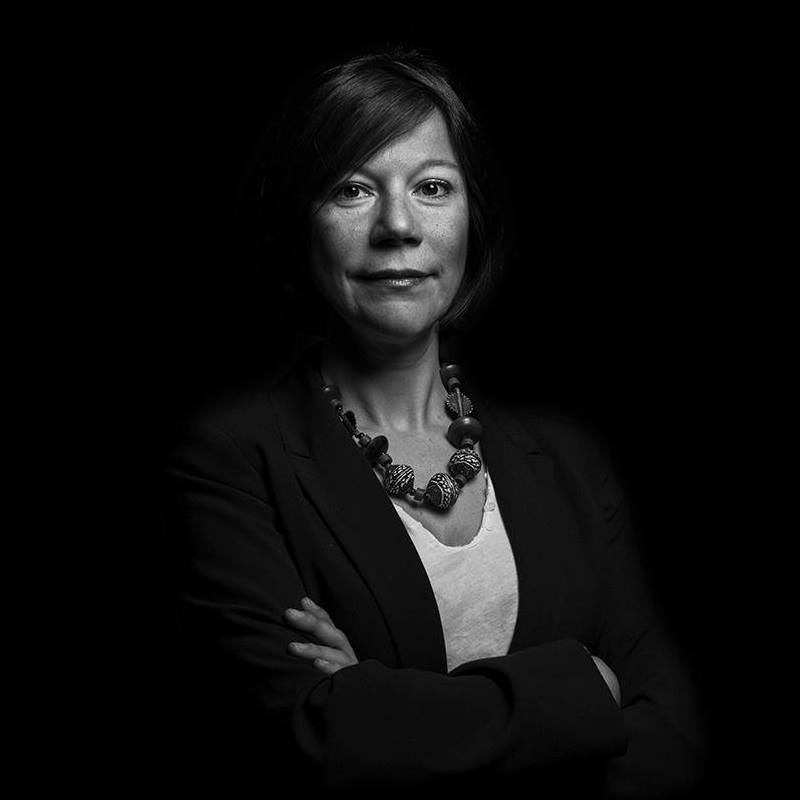
Alessia Locatelli was born in Milan in 1977. She collaborated with Denis Curti in the design of past editions of SiFest and the Canon Award, specializing in photography and becoming Indipendent Curator in organizing exhibitions with both public and private realities in Italy and abroad, while in parallel the curating and consulting activity continues for artists and photographers. She signs texts in some art magazines and in the Dossier Photography (third edition) within the “CAM, catalog of modern art” published by Editoriale Giorgio Mondadori-Cairo Group. Since 2016 she organizes and teaches professional courses to become Photocurator in some schools of photography (IIF, IED) and in other independent realities. She participates as Folio Reviewer in various Italian Photo Festivals (SiFest in Savignano, Photolux in Lucca, Fotografia Europea in Reggio Emilia). She is in charge of helping and assisting the authors in the selection of Fine Art cards and in the assembly materials useful for the conservation and sale to collectors. She collaborates in Italy with the German paper mill Hahnemühle. She is artistic director of the Enrico Cattaneo archive.







NO COMMENT